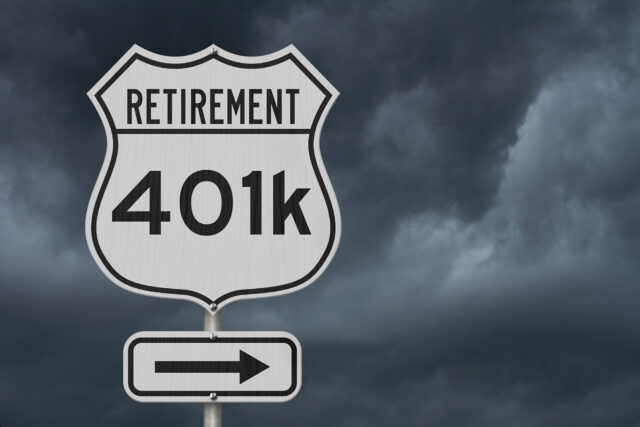
How Much Taxes Will Retirees Owe on Their Retirement Income?
Abstract
To evaluate their retirement resources, households approaching retirement will examine their Social Security statements, defined benefit pensions, defined contribution balances, and other financial assets. However, many households may forget that not all of these resources belong to them; they will need to pay some portion to federal and state government in taxes. It is unclear, however, just how large the tax burden is for the typical retired household and for households with different income levels. This project aims to shed light on the tax burdens that retirees face by estimating lifetime taxes for a group of recently retired households. The project uses data from the Health and Retirement Study (HRS) linked to administrative earnings to determine Social Security benefits and administrative records on state of residence to estimate state tax liabilities. Income is then projected over the expected retirement of each household. Federal and state taxes, are estimated with TAXSIM, for each household on its reported and projected income.
The paper found that:
- These estimates show that households in the aggregate will have to pay about 6 percent of their income in federal and state income taxes.
- But this liability rests primarily with the top quintile of the income distribution.
- For the lowest four quintiles, taxes are negligible – ranging from 0 percent to 1.9 percent.
- In contrast, the average liability is 3 percent for the top quintile, 16.4 percent for the top 5 percent, and 22.7 percent for the top 1 percent.
The policy implications of the findings are:
- Taxes are meaningful for the top quintile, who are mostly married couples with average combined Social Security benefits of $50,900, 401(k)/IRA balances of $325,400 and financial wealth of $441,400.
- If these retirement and financial assets were fully annuitized, the amount a household would receive is equivalent to about $3,000 a month, and these households face tax liabilities of about 11 percent.
- Thus, for many households reliant on 401(k)/IRA or financial assets for security in retirement, taxes are an important consideration.








